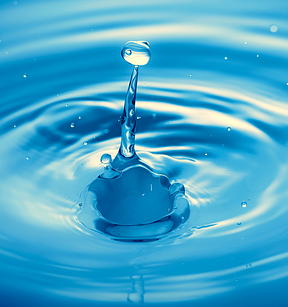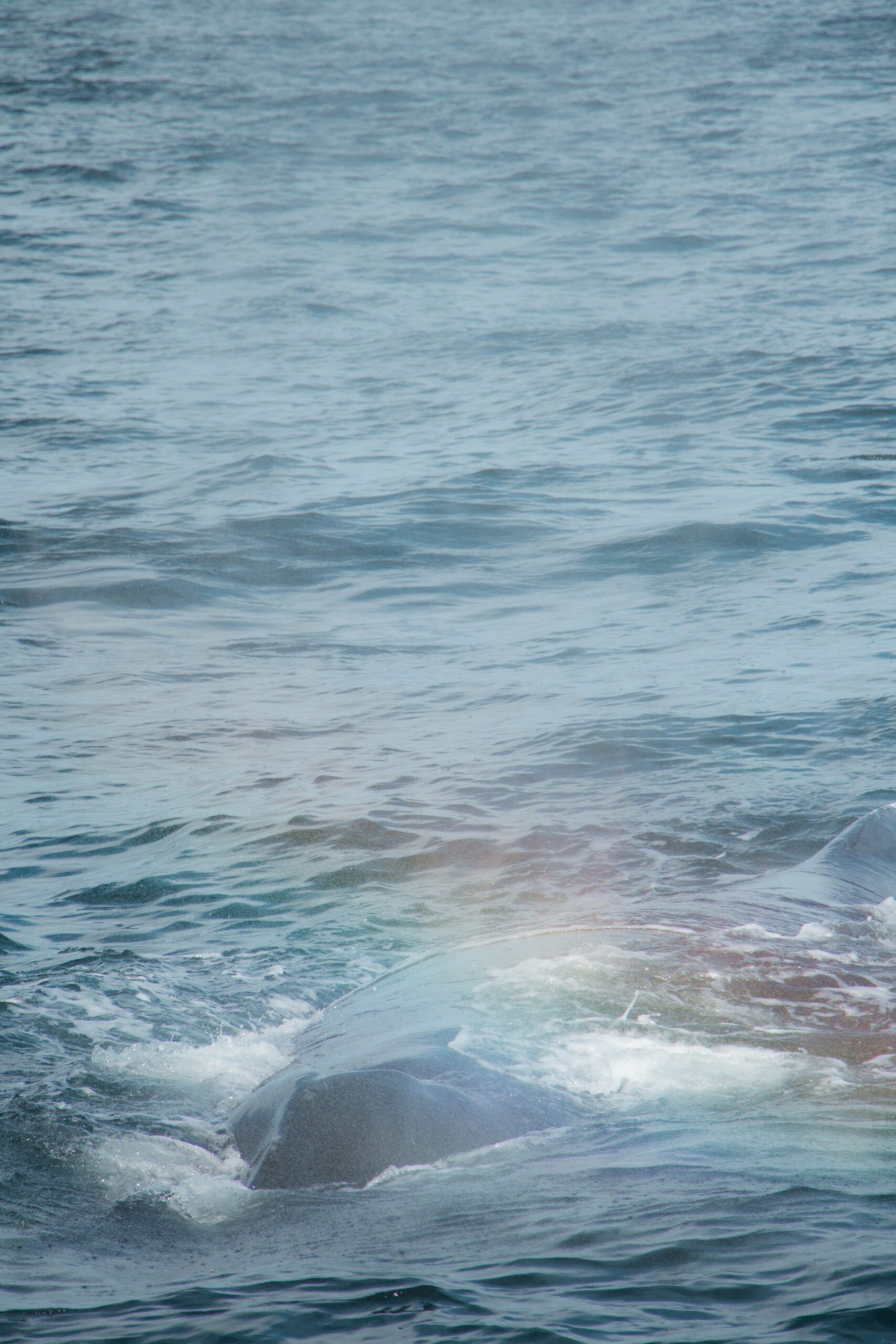The Lion King taught me a lot about the circle of life. It truly does rule us all. Death is an opportunity for a return to the earth, to provide for the next generation of plants and animals. It’s a beautiful rebirth, the flow of energy into new life.
Whales are some of the largest animals ever to exist on Earth. In fact, the blue whale is the absolute largest animal ever. When whales die, they quickly sink to the bottom of the ocean, coming to rest on the ocean floor thousands of meters deep. This is called a whale fall.
The ocean floor is a tough habitat to survive in. Pitch dark, thousands of pounds of pressure above, no plants to produce food, it truly is an inky void. Animals in the deep sea environment must survive on very little food, all of which falls down from above. When chance offers an entire whale, things get crazy.
According to a 2003 paper by Craig Smith (University of Hawaii) and Amy Baco (Woods Hole Oceanographic Institution), a single whale fall can sustain entire communities of organisms for decades, and each stage of decay brings new and fascinating creatures. These different stages are called succession – the natural shifting of an ecosystem due to changes in the environment. Fair warning – things are going to get a little bit gross.
Stage 1 – Scavenging
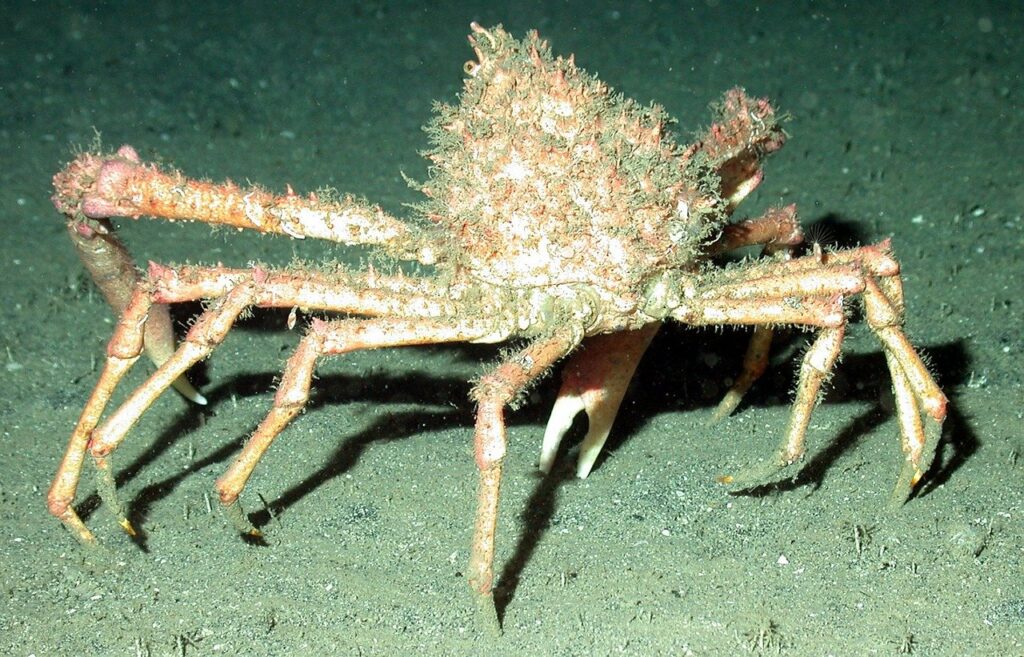
The first stage of any whale fall is the “mobile-scavenger stage”. This means that highly mobile animals – fish and large crustaceans – find the whale within a few days of falling and begin feasting. This community can consume between 40-60 kilograms (88-132 lbs) of the whale every day!
There are a lot of strange looking animals in this first group. Perhaps the spookiest of these is the hagfish. Hagfish are one of the oldest species of fish, appearing very early on in fish evolution. They are basically tubes with a mouth, rasping away at any meat they can find. They also produce a very potent slime, as can be seen here.
In addition to hagfish, sharks and rattails will join in the fun. And that’s not all. Amphipods and giant isopods (imagine an even more prehistoric-looking lobster) will scuttle along the sea floor and partake of the fatty blubber and muscle of the whale as well. All sorts of large invertebrates will compete with the fish, fighting for their share of whale flesh.
This ravenous community can consume 90% of the whale’s soft tissue in just a few months. After that, there isn’t enough meat and soft tissue left to sate their hunger, and the larger animals leave, making way for…
Stage 2 – Opportunists
The second stage – known as the “enrichment-opportunist stage”, is when the bones get picked clean. This community is made up of a huge diversity of small organisms – polychaete worms, snails, crustaceans, and more.
These animals pick through the bones of the whale, looking for tiny bits of soft tissue left behind on the bones. Some worms, like the Osedax, actually feed on the whale bones. However, the majority of organisms stay near the carcass (rather than on it), feeding on tiny bits of the whale left uneaten and buried from the feeding frenzy of the first stage.
As the organic material gets eaten, the community begins to leave to find a new whale. Many of these animals are actually unique to whale falls, and must find another to survive. Once they leave, an even smaller group of organisms make their home…
Stage 3 – Bacteria
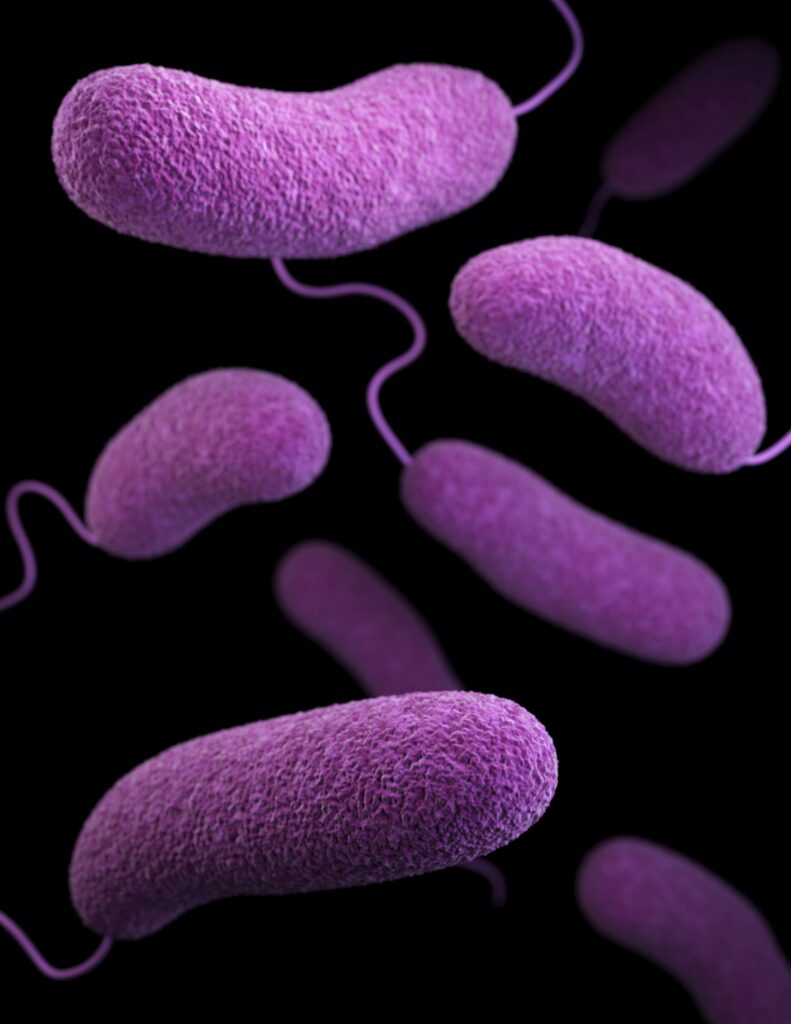
Communities at whale falls eventually are made up almost exclusively of bacteria! Billions of microscopic organisms make their home on the whale bones, feeding off the fats stored deep in the bones. The bones also become a surface bacteria can grow on. In fact, very special forms of bacteria – called chemoautotrophs – grow on the whale bones.
Chemoautotrophs are the base of the food chain in the deep sea. They are able to make their own food, just like land plants. However, they don’t need any light to do this; instead, they use chemical reactions to power this process by breaking down sulfur compounds. Slowly, this type of bacteria grows and spreads over the whale bones, while other bacteria feed on the rest.
The Aftermath
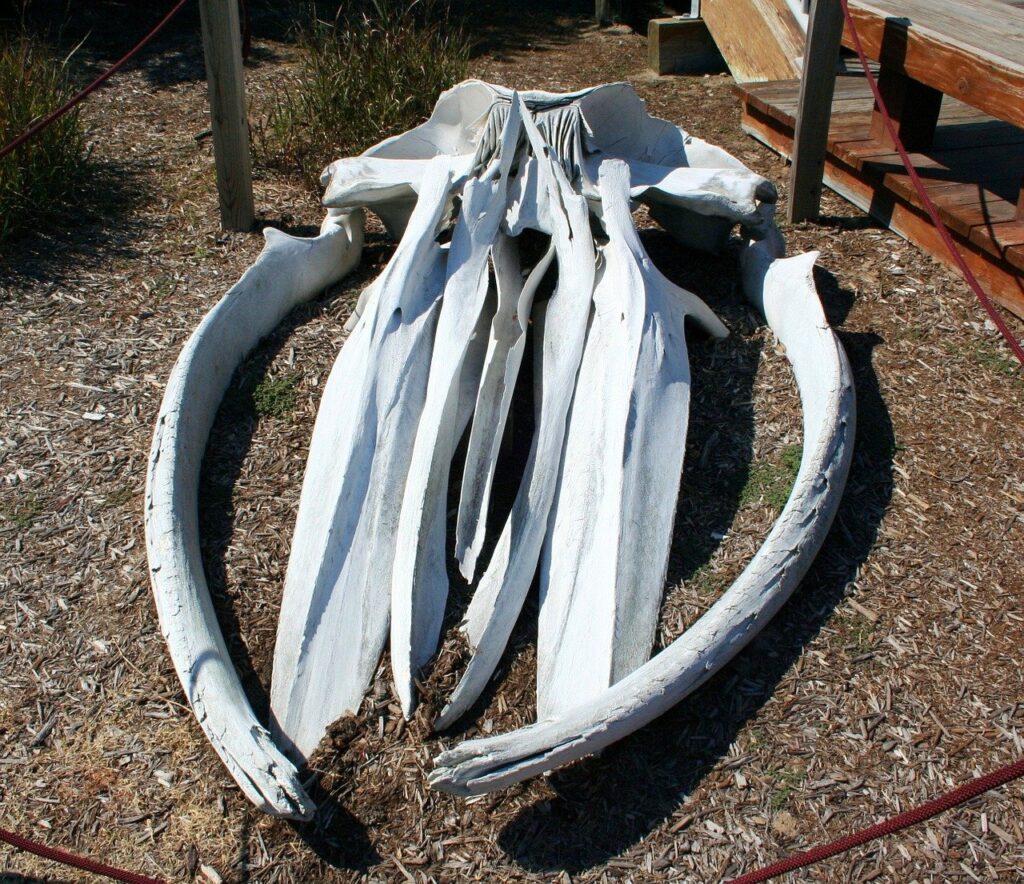
After years of constant feeding, all that’s left of the whale fall is a pile of bones. However, the fun doesn’t stop there. Whale bones are enormous, and provide a lot of space for animals to settle and make their homes. Eventually, molluscs (things like mussels and clams) begin to settle on the bones and grow, feeding on the bacterial community created in the third stage. This becomes the basis of a new community that thrives for years to come.
By this point, the whale is a distant memory. But even so, it continues to provide for so many different species. One single whale becomes an entire ecosystem, deep down where we can’t see. But it’s there. And it’s incredible.
To explore more marine life, click here.
To learn more about the deep sea, click here.
